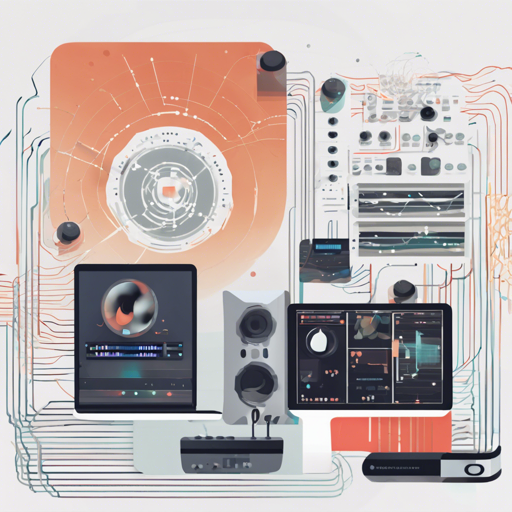BigVGAN is a robust neural vocoder designed for various audio generation tasks. In this article, we’ll walk you through the process of getting started with BigVGAN, along with a simple analogy to help you grasp the underlying concepts. We’ll also address some common troubleshooting issues to ensure you get the most out of this advanced audio synthesis tool.
Understanding BigVGAN Through Analogy
Think of BigVGAN as a talented chef in a bustling kitchen (your computer). This chef specializes in turning fresh ingredients (raw audio) into delicious dishes (high-quality audio output). To prepare the meals efficiently, the chef uses various tools—each representing different functions of the model. For instance, the mixing bowl could symbolize the computations that blend all audio features together, while a whisk represents the mel spectrogram computations that help refine the textures of the final dish. By learning how to guide the chef (using the code), you can produce exquisite audio recipes (synthesized sounds).
Installation of BigVGAN
To start off, you need to set up BigVGAN on your machine. Follow these steps:
- Install Git LFS:
git lfs installgit clone https://huggingface.co/nvidia/BigVGAN_v2_24khz_100band_256xUsing BigVGAN for Audio Generation
Once the installation is complete, you’re ready to utilize BigVGAN. Below is an example code snippet that demonstrates how to use the pretrained BigVGAN generator from the Hugging Face Hub:
python
device = 'cuda'
import torch
import bigvgan
import librosa
from meldataset import get_mel_spectrogram
# Instantiate the model
model = bigvgan.BigVGAN.from_pretrained('nvidia/bigvgan_v2_24khz_100band_256x', use_cuda_kernel=False)
# Remove weight norm and set to evaluation mode
model.remove_weight_norm()
model = model.eval().to(device)
# Load wav file and compute mel spectrogram
wav_path = 'pathtoyouraudio.wav'
wav, sr = librosa.load(wav_path, sr=model.h.sampling_rate, mono=True)
wav = torch.FloatTensor(wav).unsqueeze(0)
mel = get_mel_spectrogram(wav, model.h).to(device)
# Generate waveform from mel
with torch.inference_mode():
wav_gen = model(mel)
wav_gen_float = wav_gen.squeeze(0).cpu()
wav_gen_int16 = (wav_gen_float * 32767.0).numpy().astype(int16)
Options for Using Custom CUDA Kernel
For improved efficiency, you can leverage a custom CUDA kernel. Here’s how:
python
import bigvgan
model = bigvgan.BigVGAN.from_pretrained('nvidia/bigvgan_v2_24khz_100band_256x', use_cuda_kernel=True)
When you use this for the first time, it will build the necessary kernel. Ensure that CUDA is correctly set up on your system to avoid complications.
Troubleshooting Common Issues
If you encounter any issues while using BigVGAN, try the following troubleshooting steps:
- Verify that all necessary libraries, including
librosaand PyTorch, are properly installed. - Ensure that your CUDA toolkit matches the version used by your PyTorch build.
- If you run into performance issues, consider using the custom CUDA kernel as discussed.
For more insights, updates, or to collaborate on AI development projects, stay connected with fxis.ai.
Conclusion
By understanding how to navigate the BigVGAN model, you’re now equipped to explore the exciting world of audio synthesis. At fxis.ai, we believe that such advancements are crucial for the future of AI, as they enable more comprehensive and effective solutions. Our team is continually exploring new methodologies to push the envelope in artificial intelligence, ensuring that our clients benefit from the latest technological innovations.

